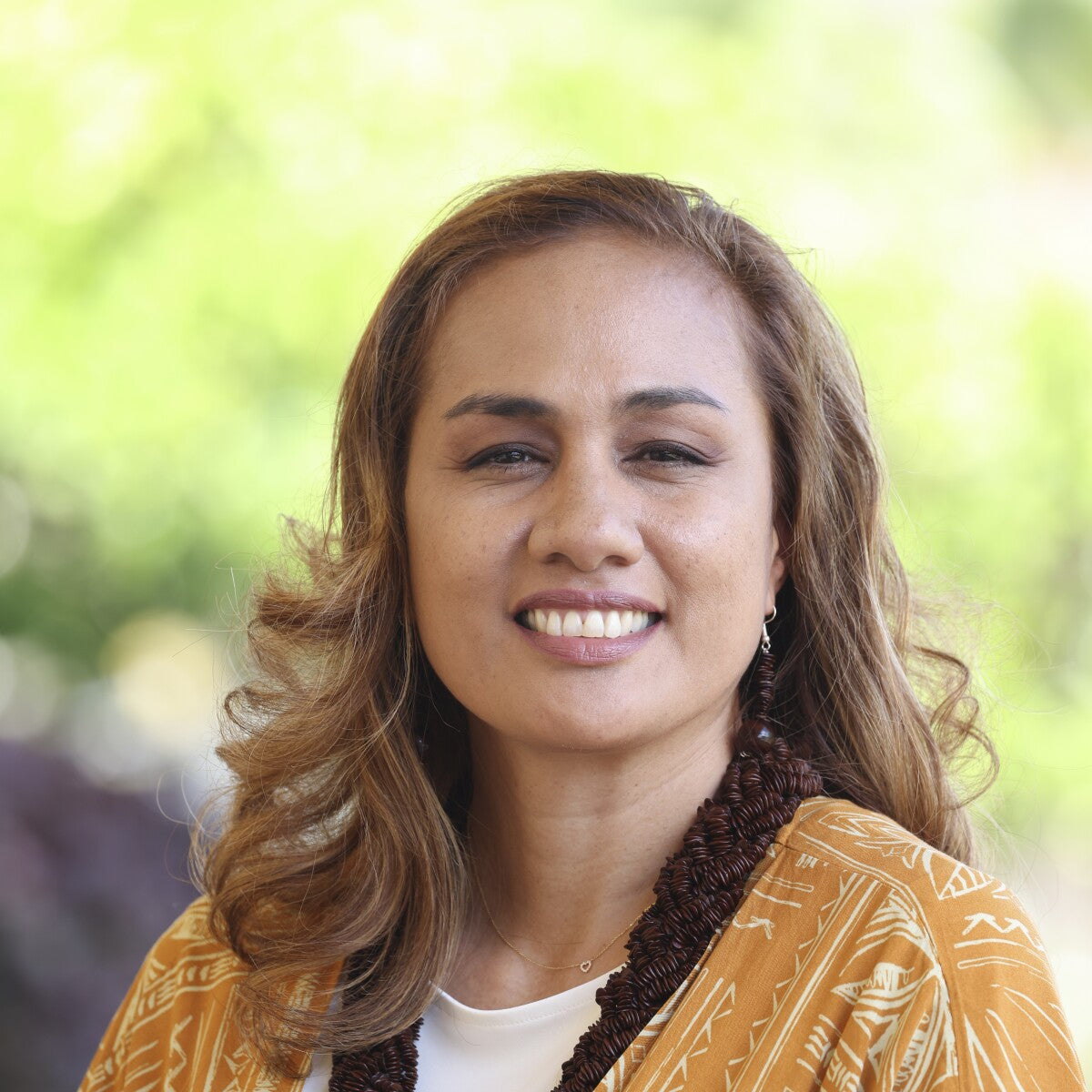NATIVE LAND RIGHTS
Under the American Sāmoa Constitution, "native" land is restricted to Indigenous American Samoans. This is to protect its land tenure system so that it does not alienate land from Samoans.
Unlike other places in the United States where land ownership is not restricted based on race, American Sāmoa's restrictions on land tenure were set up to protect Indigenous Samoans from the devastating impacts of land dispossession found in other native nations.
There are three general types of land in American Sāmoa: 1) communal land, 2) "individual" land, and 3) freehold land. Freehold land, a very small fraction of the total land mass, can be bought and sold to anyone. Communal land is that which is owned by ʻāiga (extended families) and the nuʻu (village polities). Most land is nominally classified under this type and is the most Indigenous of all the types of land in the Territory. Communal land is held in trust by the matai (chiefs) and are distributed among family members for their usage. This type of land cannot be bought or sold to non-Samoans, and as it belongs to the collective extended family, must be returned to the authority of the matai if not used by the family.
Individual land is a more modern adaption of land tenure in which communal land is often converted to be utilized to benefit individual families. It can be passed down or sold to non-Samoans only.

Dr. Line Noue Memea-Kruse
In this section, we interview Dr. Kruse, a former Territorial Planner of American Sāmoa, under the Department of Commerce. She is also the author of The Pacific Insular Case of American Sāmoa. Dr. Memea Kruse highlights her research the effects of adverse land possession on the current land situation in American Sāmoa.
NOT FULLY AMERICAN
Does the U.S. Constitution Follow the Flag in American Sāmoa?
